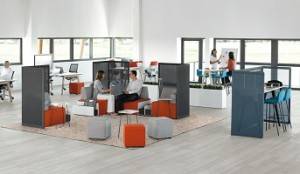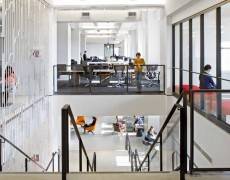May 1, 2014
Hierarchical organisations ‘stifle’ employee productivity, claims CIPD
 Rigid organisational hierarchies hamper the development of management, employee productivity and leadership skills within the workplace, warns the CIPD. Their report, ‘Leadership – easier said than done,’ finds a growing trend in developing the capability of individual leaders and managers, an approach known as ‘distributed leadership’. However, faced with outdated organisational structures and cultures – these managers are unable to apply what they’ve learnt in the training room. The report recommends that leadership development should give greater consideration to the organisation-wide factors that can help or hinder the practical application of great leadership skills by employees at all levels. It urges HR managers to take the next step from training individual leaders, to improving the leadership capacity of the organisation as a whole; focusing on understanding what kind of leadership it requires and what changes are needed. (more…)
Rigid organisational hierarchies hamper the development of management, employee productivity and leadership skills within the workplace, warns the CIPD. Their report, ‘Leadership – easier said than done,’ finds a growing trend in developing the capability of individual leaders and managers, an approach known as ‘distributed leadership’. However, faced with outdated organisational structures and cultures – these managers are unable to apply what they’ve learnt in the training room. The report recommends that leadership development should give greater consideration to the organisation-wide factors that can help or hinder the practical application of great leadership skills by employees at all levels. It urges HR managers to take the next step from training individual leaders, to improving the leadership capacity of the organisation as a whole; focusing on understanding what kind of leadership it requires and what changes are needed. (more…)























April 3, 2014
Remove flexible working stigma to improve women’s career chances says report
by Sara Bean • Comment, Flexible working, News, Workplace
(more…)